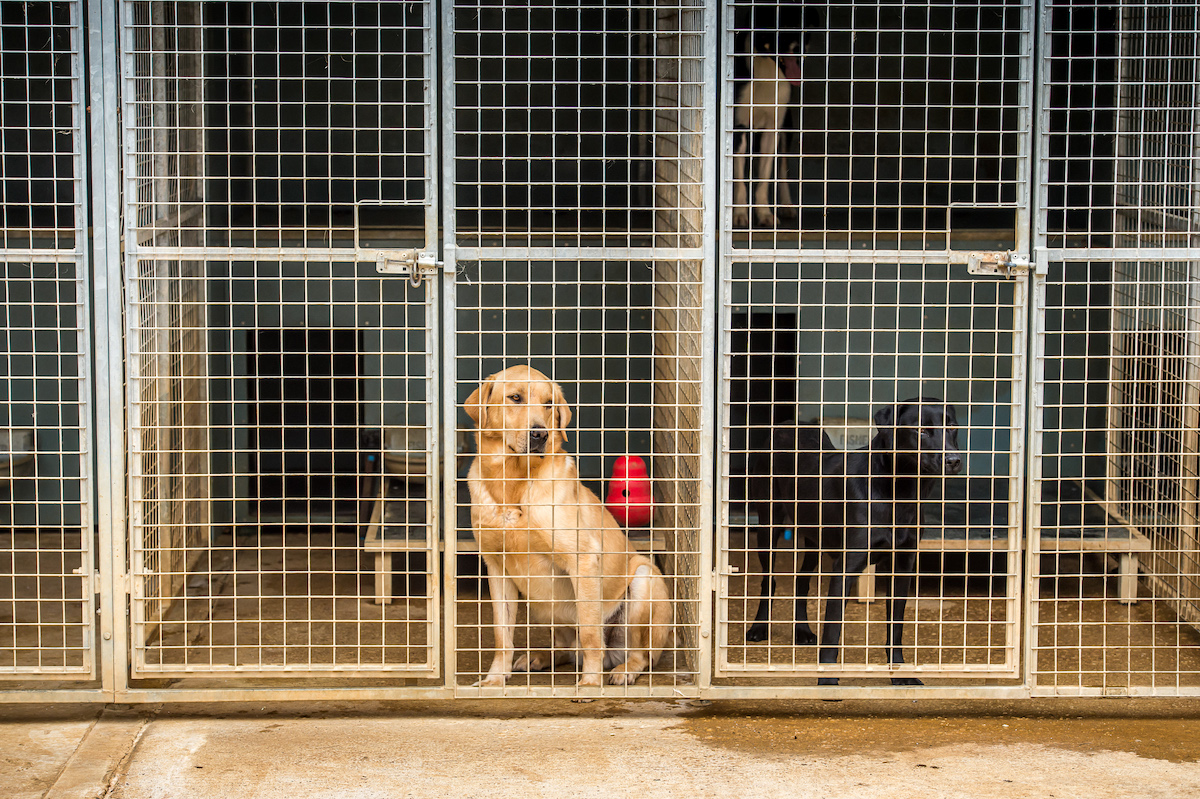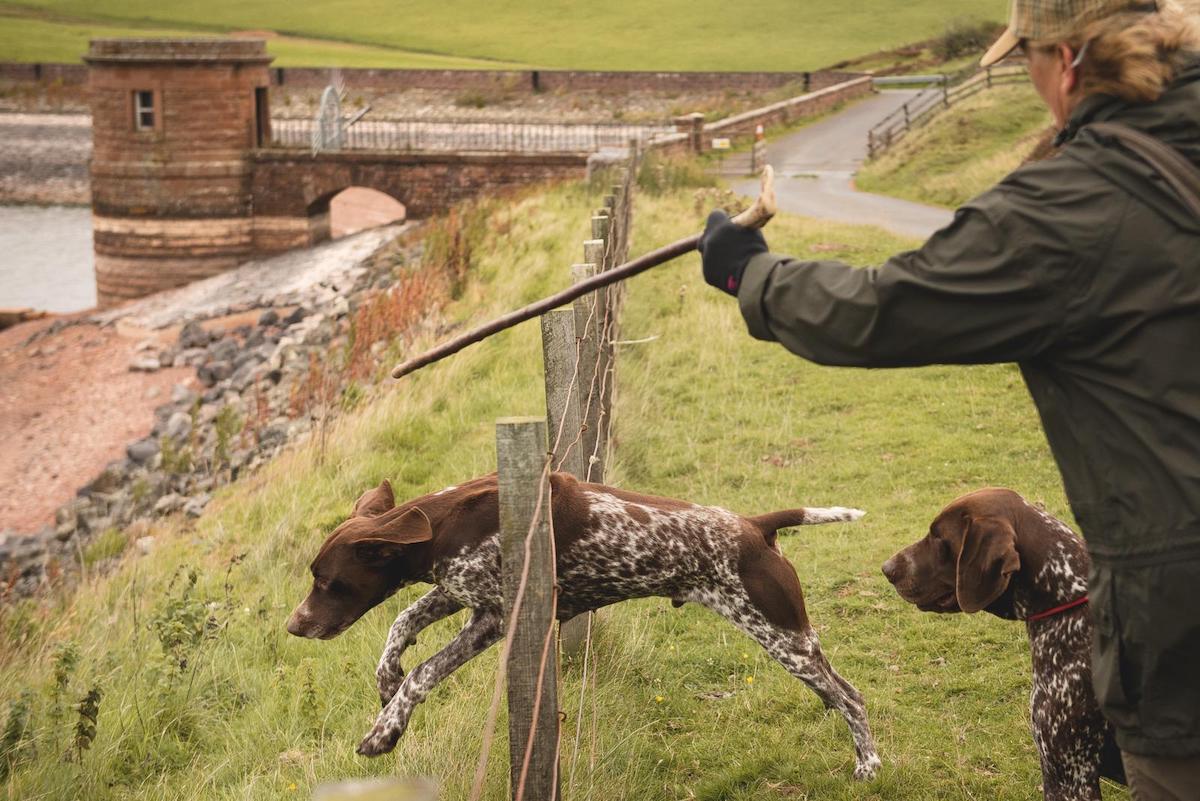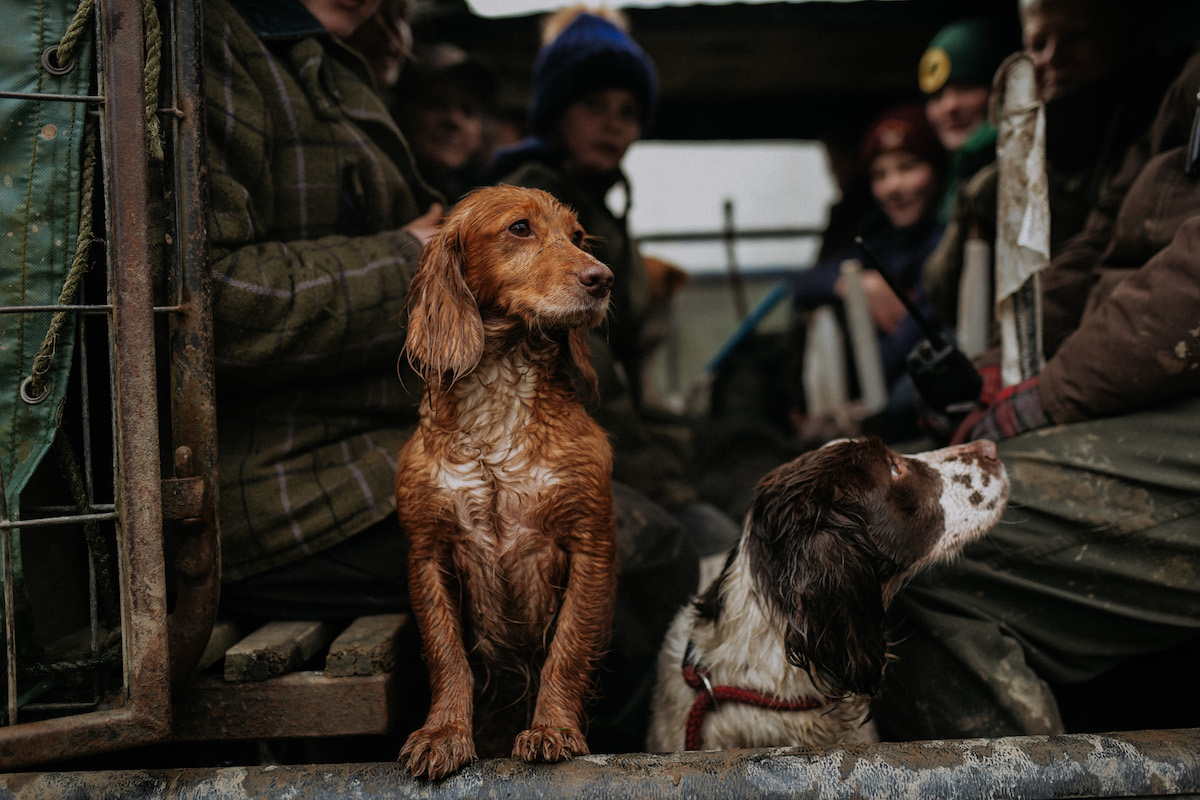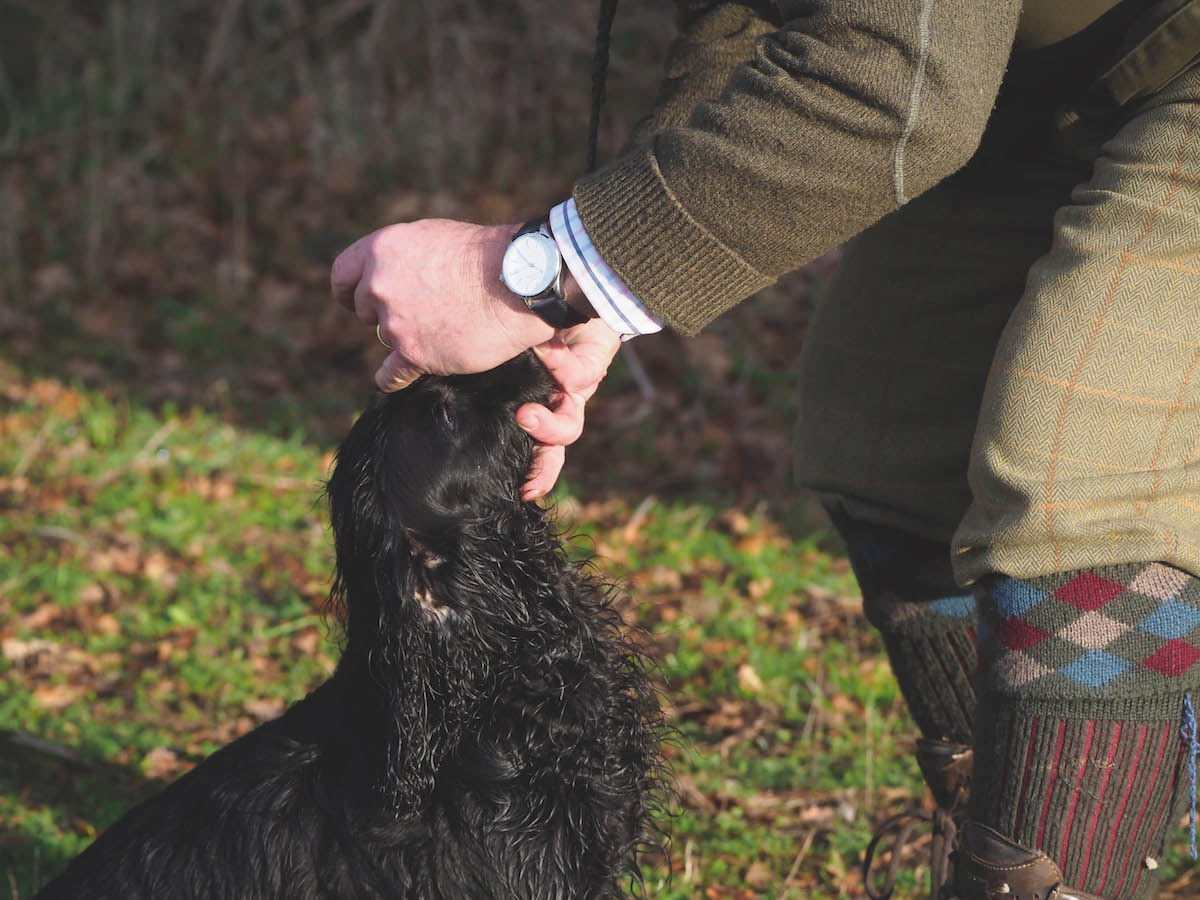Keeping your dog safe in the snow
Most dogs enjoy snow, though working them in sub-zero conditions can be tough. David Tomlinson explains what handlers need to know
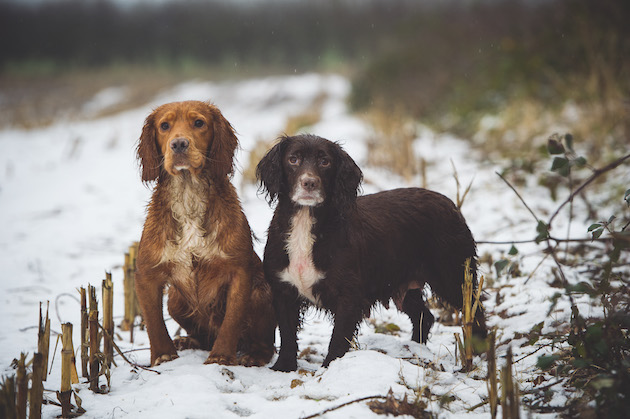
Very young and older dogs tend to be less tolerant of extremes in temperature
Dogs in snow
Arguably the biggest problem with working a dog in snow is ice balling in the dog’s pads and, if it is a spaniel, its feathers. Ice balling depends on the type of snow and the air temperature, but it can be a real distraction to working dogs, even completely putting them off their work as they make frequent stops to try to gnaw away the ice balls, generally with little success. Ice balls are not only uncomfortable and even painful for the dog, but can lead to cracking of the pads and bleeding, potentially stopping your dog from working until its pads recover.
View this post on Instagram
Paw protection
One way to prevent the problem is fitting your dog with boots, which may sound daft but does work. A check on the internet will reveal a wide choice of canine snow boots, ranging in price from a modest £15 to a more serious £50 or £60. The top-of-the-range snow boots are both rugged and practical, with soles that provide plenty of grip in icy conditions. Most dogs soon get used to wearing them. Police search dogs are often equipped with boots when working in areas with broken glass or needles.
There are, of course, simpler alternatives to boots. Trimming the excess fur between your dog’s pads should help, as will rubbing Vaseline or Camrosa Ointment between the pads. Also recommended is using vegetable shortening — white, solid fat made from vegetables — such as Stork and Trex. This is probably the cheapest and thus most cost-effective option, but I suspect that my spaniels would simply stop and lick it off.
Professionals who work dogs in snow all the time recommend Musher’s Secret Paw Protector, a product developed in Canada for sled dogs. Made from natural waxes and easy to apply, its only drawback is cost. Expect to pay around £20 for 200g. Presumably a dog sledder with a team of eight buys in bulk.
Actually working your dog in snow produces other challenges. Short-legged or small dogs will struggle to get through deep snow and even longer-legged breeds may have difficulties. Freezing temperatures and deep snow affect scenting conditions, causing troubles for even the most experienced and competent of retrievers.
Another problem is when shot birds fall through the snow, making them almost impossible to find. I once corresponded with a handler who had been picking-up on a shoot in heavy, falling snow. He reported that it was impossible to find most of the shot birds and felt strongly that the shoot should have been stopped. It wasn’t, because it was a commercial day and the Guns were enjoying their sport. However, it clearly wasn’t ethical for the shoot to continue, as shooting birds that can’t be recovered is unacceptable.

Freezing temperatures affect scenting conditions making life difficult for even experienced retrievers
Making tracks
Working in more moderate snowfall can be great fun for both dog and handler. Tracks in the snow will reveal much about your quarry and it can be fascinating to see how your dog reacts to them. You may know that a pheasant or hare passed that way, but does the dog?
Dogs cope remarkably well in sub-zero temperatures. You might think that walking on snow would make their paws uncomfortably cold, but that is not the case. A dog’s paws are equipped with numerous small veins, providing what is best described as a counter-current heat-exchange system. This not only prevents the body from cooling but ensures the paw temperature stays within reasonable limits. Dogs can get frostbite, but it is rare.
Hypothermia in dogs
I’m often asked whether dogs suffer hypothermia. The answer is yes and there are some particular signs that owners of…
How do I keep my dogs warm in kennels in winter?
Your four-legged shooting companions work hard for you out in the field. You want them to enjoy the season, turn…
Are dog coats really necessary?
Have you got any experience of neoprene coats for gundog training? Do they work?
Despite a dog’s ability to maintain its body temperature in bitter conditions, it does make sense to rug it up after a day spent working in snow. This will certainly make the dog more comfortable, while such simple care is a good way to keep it fit and healthy and also prolong its working life.


